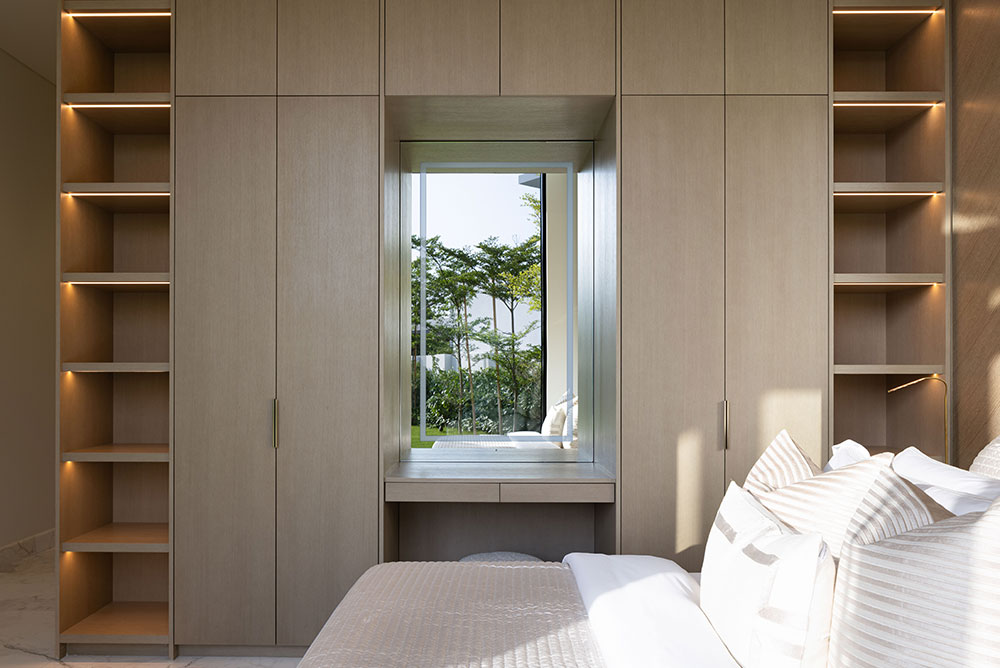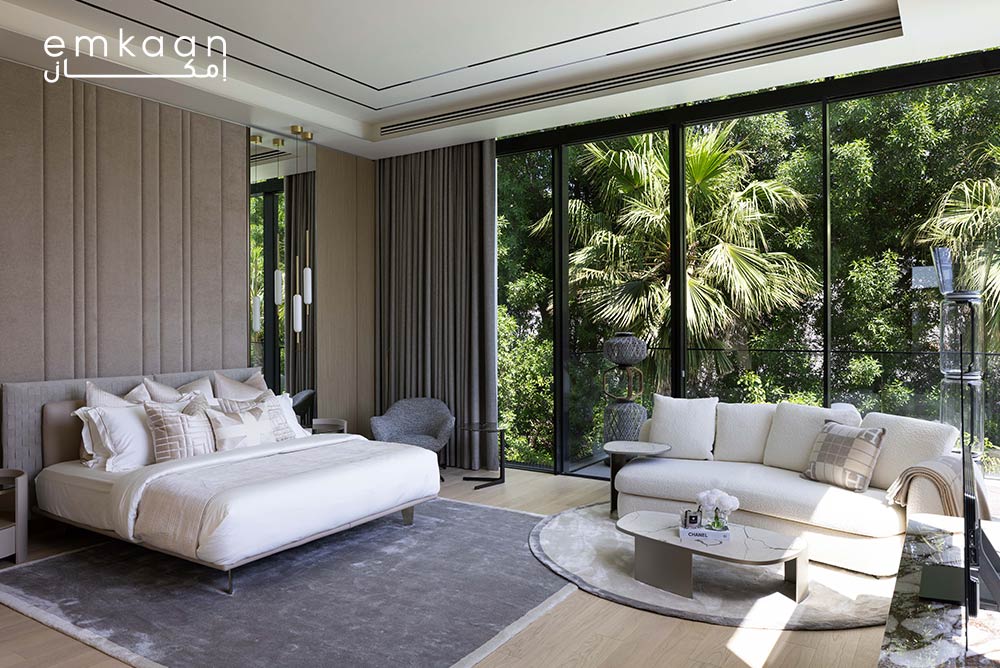Sunlight Therapy: The Silent Role of Natural Light in Architecture
In the age of innovative buildings and artificial lighting, it’s easy to forget that nature designed the most powerful light source: Sunlight. But architects and interior designers are focused on integrating natural light into architecture to create sustainable building structures.
You might wonder why sunlight remains a top priority when modern smart lighting solutions are available. The answer lies in its natural efficiency and beneficial impact on human health. It plays the role of silent healing therapy in your space by giving a sense of peace and comfort.
This blog will let you know how this practice of integrating natural light in architecture influences your everyday life.
What Is Sunlight Therapy?
It is also known as heliotherapy and light therapy, which refers to the intentional use of natural light to improve mental and physical well-being. It is rooted in ancient civilization, including the Greeks and Egyptians, as they used this natural source to treat several diseases. With time, this concept transformed into a design principle as an active element in architecture.
How to Complement Your Space With Sunlight Therapy?
Integrating natural light into architecture requires thoughtful planning, so the designers are using several key strategies to ensure natural light positively impacts both the space and its occupants:
- Thoughtful placement of windows and openings allows deeper penetration of sunlight into the interiors.
- Designing layouts that follow the sun’s movement and allow consistent and well-balanced natural light throughout all seasons.
- Tinted and Low Emissivity (Low-E) glass is used to control the transmission of solar heat and brightness to maintain visual comfort.
- Design reflective surfaces, like hanging the mirror on the opposite wall of the window to bounce the sunlight and light up the entire room.
- Complementing the spaces with green plants can increase the positive impacts of sunlight on indoor spaces.
Transformative Power of Natural Light In Architecture
Daylight architecture is a design philosophy that not just defines how a space looks but also determines how it feels and functions. Here’s where you are going to explore the key benefits of natural light in architecture that let you know how it changes your space into a healing retreat.
Improve Spatial Orientation
The daylight architecture highly influences the spatial orientation, which refers to how a person, object, or building is positioned and relates to the space around it.
Here’s how it improves the spatial experience:
- Highlight the architectural features and define specific areas
- Make the small room feel spacious, welcoming, and more vibrant
- Create depth by using shifting patterns of sunlight and shadow throughout the day.
Regulate Carcadian Rhythm
Daylight architecture and health have a deep connection. It regulates the circadian rhythm, which is the 24-hour biological cycle of the human body.
Here’s how it is influenced by the daylight architecture:
- East-facing windows bring morning sunlight, which increases serotonin (happy hormone) production to improve the mood.
- The exposure to sunlight regulates melatonin levels to promote deeper and more restful sleep and reduce the risk of stress-related disorders.
- Regulate cortisol and other hormones, which improve the metabolism and immune function of the body.
Increase Productivity
Studies have shown that sufficient natural light in architecture improves concentration and visual comfort in workspaces and educational centers.
Let’s see how daylight architecture increases productivity:
- Boost alertness and focus by stimulating the brain, which leads to better performance.
- Create a full color spectrum that gives visual clarity to reduce eyestrain and headaches.
- Daylit spaces increase concentration by reducing stress and promoting a sense of motivation.

Supports Physical Health
It’s scientifically proven that exposure to sunlight, whether it’s indoor or outdoor, can prevent the human body from several diseases.
Here’s how daylight architecture and health relate to each other:
- Provide enough ventilation to reduce the risk of Sick Building Syndrome(SBS), which causes respiratory issues at workplaces.
- Exposure to natural light stimulates Vitamin D, which is highly effective for bone density.
- In healthcare settings, daylight architecture supports faster recovery of patients and reduces the need for medicine.
Energy Efficient Solution
The natural light in architecture creates a space that has less need for artificial sources of lighting and makes it an energy-efficient solution for architects or interior designers.
Take a look at the importance of natural light in architecture:
- Lower the utility bills by reducing the energy consumption up to 40% with strategically designed layouts.
- Positively impact the construction cost by reducing less need to incorporate artificial lighting.
- Improves thermal comfort, which helps to reduce the need for HVAC(Heating, Ventilation, and Air Conditioning) systems.
Enjoy The Power of Natural Light In Your Space
Let’s start designing a space where sunlight tells its own story.
At EMKAAN, we see natural light as an essential element, not just a feature. We understand how it shapes space, defines emotion, and fills every corner with calm and clarity. As a professional interior design company in Dubai, it’s our aim to design spaces where every reflection, texture, and shadow is incorporated thoughtfully.
If you’re ready to experience the beauty of light through architectural design from dawn to dusk, then we’d love to design a space for you that is filled with natural warmth and feels uniquely yours.
FAQs
What is the importance of natural light in architecture?
Natural light is beneficial in increasing aesthetics, improving mood, reducing energy use, and creating healthier comfortable living and working environments.
Does daylight improve the indoor air quality?
Yes, daylight supports natural ventilation, reduces humidity, and limits the growth of mold, which creates a healthy indoor environment.
Does natural light in architecture promote sustainability?
Yes, it lowers energy consumption, reduces carbon footprint, and supports eco-friendly building designs that need less artificial sources for lighting.
What are the benefits of sunlight therapy?
Sunlight therapy is beneficial for physical and mental health by regulating sleep cycles, strengthening immunity, and preventing several diseases.
How to integrate sunlight therapy in architecture?
Sunlight therapy can be incorporated into architecture by using large windows, skylights, light shelves, and reflective materials.


